Contemporaries of Peter 1 played an important role in his transformational activities. According to the apt definition of A. S. Pushkin, they were all "Petrov's nests". It is a well-known fact that the success of a ruler's policy is very often determined by the environment that he chooses for himself. In this regard, the reign of Peter Alekseevich was one of the most fruitful and interesting in history.
General characteristics of the era
Contemporaries of Peter 1 were part of his entourage. All of them were somehow connected with the beginning of his reign. Many of them began their careers at a time when he was very fond of creating amusing regiments at a very young age. Subsequently, they occupied leading command and administrative positions in the army and administration. One of them was A. D. Menshikov. The features of the time under consideration were such that the favor of the ruler often determined the ups and downs of the favorites and those close to him. At the end of the 17th century, the social system of personnel selection had not yet taken shape, which began to function only in the second half of the 18th century, when the bureaucratic apparatus finally took shape in our country. During the reign of Peter Alekseevich, the personal disposition and mercy of the monarch determined the career of one or another close associate.
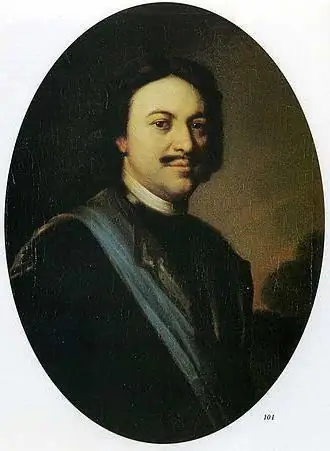
AlexanderDanilovich
Menshikov serves as a striking example of the above. According to the most common version, he came from a family of merchants. Despite his origins, he was very smart, quick, and possessed extraordinary abilities. Since Peter valued in people not their generosity and origin, but their abilities, he immediately brought the gifted young man closer to him. He was illiterate, but he was the best at pleasing the king. He always coped with those assignments that were beyond the power of the rest. Since the contemporaries of Peter 1 played an important role in strengthening his power, Menshikov was no exception. He proved himself in the Northern War as a talented military leader, for which he was subsequently generously rewarded.

Lefort
Foreigners often found themselves surrounded by the emperor. One of the most famous is F. Lefort. He was a Swiss by birth, but this did not prevent him from becoming a faithful assistant to the emperor. He was the organizer of the so-called amusing regiments of the king, participated in the Azov campaigns. Contemporaries of Peter 1 did not always appreciate him, but the future emperor himself considered him his best friend. Lefort was an educated man and undoubtedly had a great influence on the young ruler with his mind, education and intelligence. That is why he led the great embassy to Europe at the end of the 17th century, in which the tsar himself took part under the name of constable Peter Mikhailov.
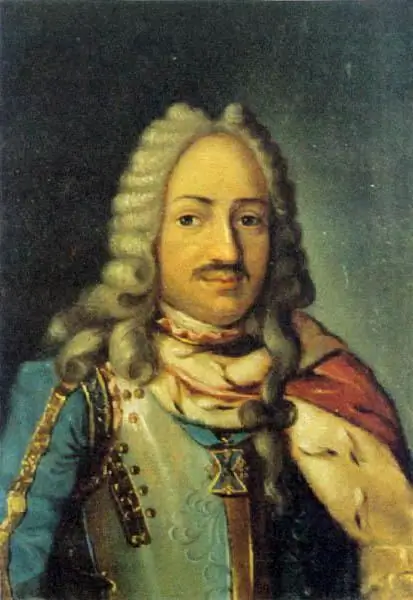
Gordon
Another foreigner in the circle of Pyotr Alekseevich was P. Gordon. He was an excellent military organizer. He, like Menshikov and Lefort, is credited with organizing the famous amusing regiments. He was an excellent military strategist with vast experience, in addition, he had extensive theoretical knowledge. At the moment of the decisive clash between the king and his sister Sophia, he went over to the side of the first. That is why the future emperor especially trusted him. Gordon took part in many important events of his reign. So, it was he who suppressed the Streltsy rebellion in 1698.
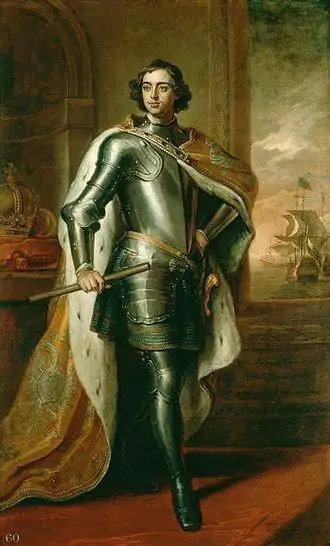
Romodanovsky
Companions of Peter 1 occupied an important place in the government of the country and its reform. It is known that the emperor was interested in the fact that the people around him were devoted and knew their business. Fedor Romodanovsky belongs to such people. He came from a noble boyar family and was close to the royal court from childhood. At a very young age, he was appointed steward, since his father was close to Alexei Mikhailovich. Subsequently, Romodanovsky became one of the most devoted people to Peter 1. It is indicative that the boyar himself in everyday life and in his worldview was a man of the old order, for the eradication of which the new tsar fought. He belonged entirely to the past century, but, nevertheless, supported the transformation of the young king and became his main confidant.
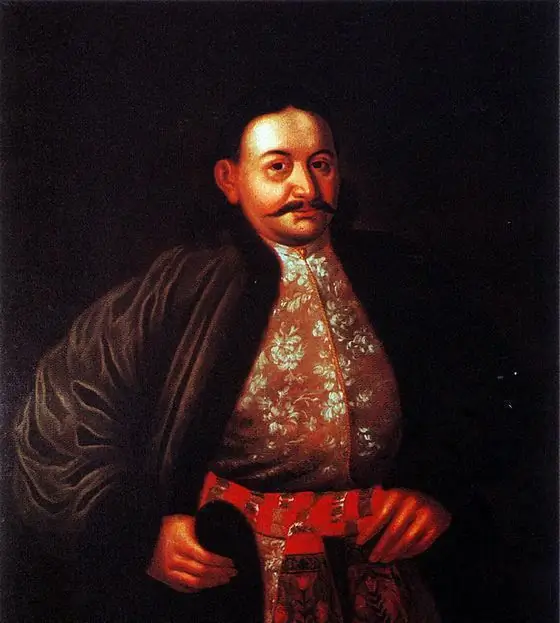
During his absence, Peter Alekseevich instructed him to govern the state, which spoke of the tsar's special trust in this stern boyar. Romodanovsky enjoyed a special privilege to enter the tsar at any time without a report, which speaks of the important place he occupied in government. He participated in the suppression of the Streltsy rebellion in 1698. He was the actual head of Moscow and after one of the fires he was engaged in its restoration. The influence of the boyar was so great that no one dared to enter his courtyard, and even the sovereign himself left his odnokolka outside the gate, visiting his friend.
Shein
Peter 1 and Catherine 2 had an amazing ability to find for their environment not only devoted, but also very capable, talented and gifted people. This common feature of their reign was so obvious that even special names appeared in the literature for their environment: the above statement by Pushkin, and in relation to the environment of the empress, they began to talk about the nobles of Catherine's time. Another prominent figure in the time of Peter Alekseevich was Shein. He became famous for his military and diplomatic skills. He participated in diplomatic and military missions. So. He took part in the Prut campaign. During the years of the Northern War, he also took part in the largest and most important battles, for which he was granted the rank of Generalissimo.
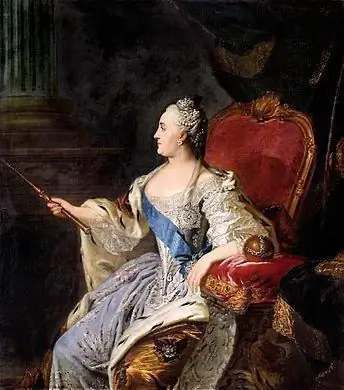
Osterman
He was still a prominent figure in the reign of Peter the Great. He was a very capable and skillful diplomat and politician. Osterman was engaged in legislative activities. Peter 1 wanted to organize administration and management according to the Western European model. Thatknew perfectly well the system of European administration and tried to apply its principles to Russian reality. However, the peak of Osterman's activity falls on the years of Anna Ivanovna's reign.
Kurakin
This famous figure of the time of Peter the Great was remembered for leaving his very interesting memoirs about this time. A thoughtful and observant person, he kept on paper all his memories and impressions of that era of the emperor's transformative activity, of which he became a contemporary. In his works, in addition to his own autobiography, there are also observations of the countries he visited, as well as sketches of the ruler's associates.
Tatishchev
He is called the "father of Russian history". He is rightly considered the founder of historical science. But he began as a talented and administrator during the reign of Peter 1. He held a wide variety of positions and performed a variety of duties and assignments. He was in charge of factories, supervised industrial production, studied monetary and engineering. In addition, he was entrusted with compiling a map of Russia, which, in fact, prompted him to take up history on a professional level. His significance also lies in the fact that he was the ideologist of Peter's reforms: adhering to rationalism, he ardently approved of the emperor's transformations. At the same time, he believed that the latter paid insufficient attention to the development of industry and trade.

General features of activity
All these people are united by onea common feature is the fact that they were completely devoted to the transformational activities of Peter 1, who, after the successful completion of the Northern War, took the title of emperor and autocrat of all Russia. Each of them excelled in different areas. They were people of different social status and origin, but they were on an equal footing with the ruler. In each of them, he appreciated their abilities and talents and found them the right use. This was the success of his activities: the fact that the last tsar of all Russia found helpers at the right time and in the right place.






